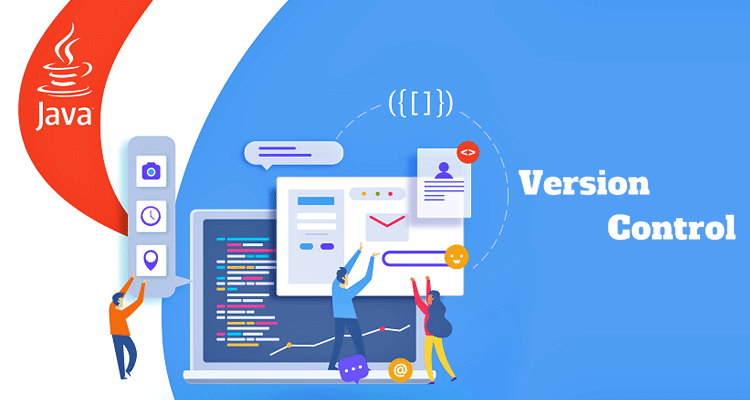Version Control

Version control is a component of software configuration management, also known as revision control or source control, is the management of changes to computer programs, documents, large web sites, and other collections of information.Version control system is a category of software tools that helps records changes to a file or set of files by keeping a track of modifications done to the code so that you can recall the specific versions later. It is mostly based around one concept, tracking changes that happen within directories or files.
Mainly there are three types of Version Control Systems : Local Version Control Systems ,Centralized Version Control Systems and Distributed Version Control Systems. Local Version Control Systems are one of the simplest forms and has a database that kept all the changes in files under revision control. Centralized version control systems are based on the idea that there is a single repository of your project on a server, and programmers will commit their changes to this central copy. Distributed version control systems contain multiple repositories and each user has their own repository and working copy.

SVN , GIT , etc are some of the most popular and most preferred open-source version control systems and tools available for making your setup easier. GIT is a distributed version control system used for tracking changes in the source code during software development. It allows groups of people to work on the same document code at the same time and eliminates confusion when more than one person is making changes to the same document or code. It is designed for coordinating work among programmers, but it can be used to track changes in any set of files.
Apache Subversion or SVN is a software versioning and revision control system distributed as open source under the Apache License. Most of the software developers use SVN to maintain current and historical versions of files such as source code, web pages, and documentation. SVN setup needs two main elements : The server or central repositories, which has all versions of all source files and a local copy of the files, which is on your computer. The files in the system are called working files in which each user makes edits. Then, the users commit their changes to the SVN server. Each time a user commits a change to any files , SVN manages and records it by creating a new version.

